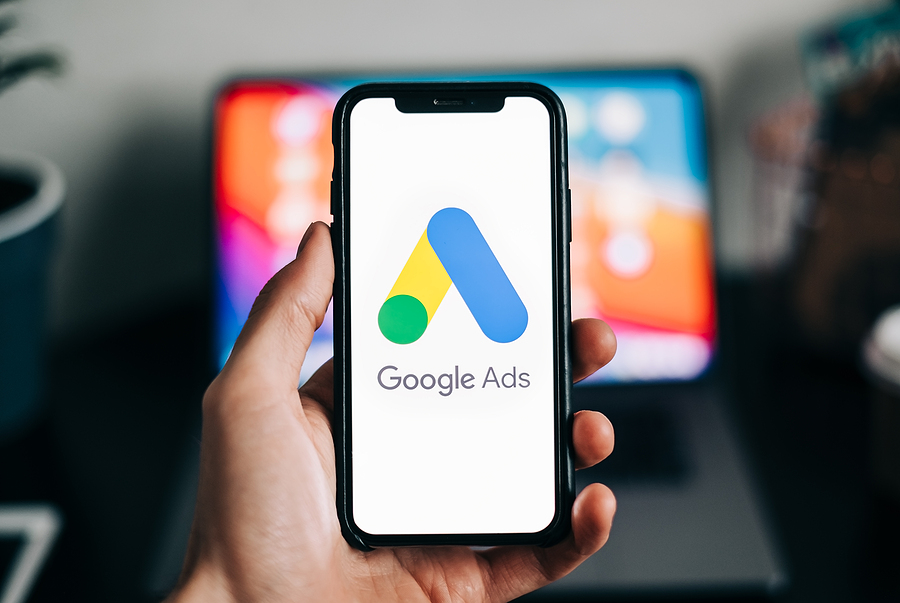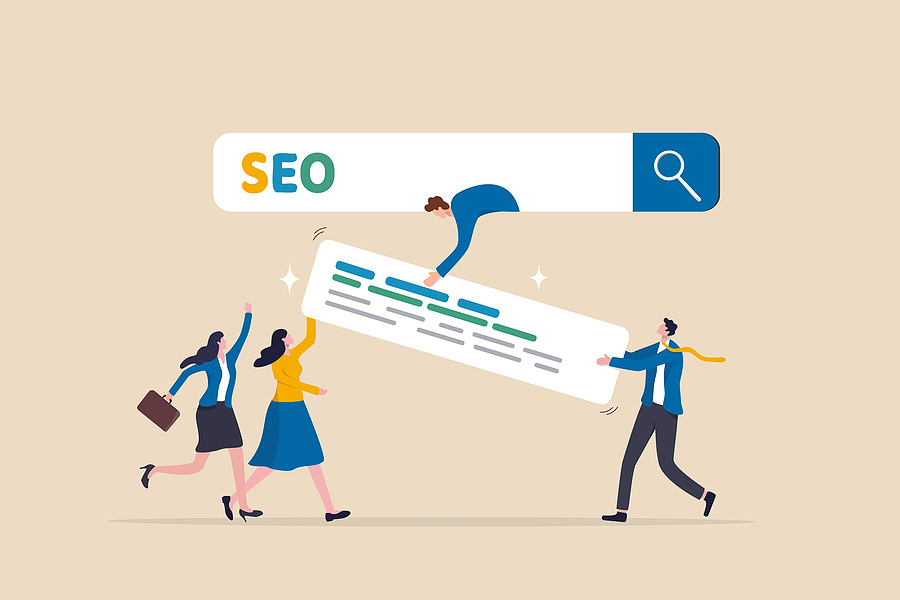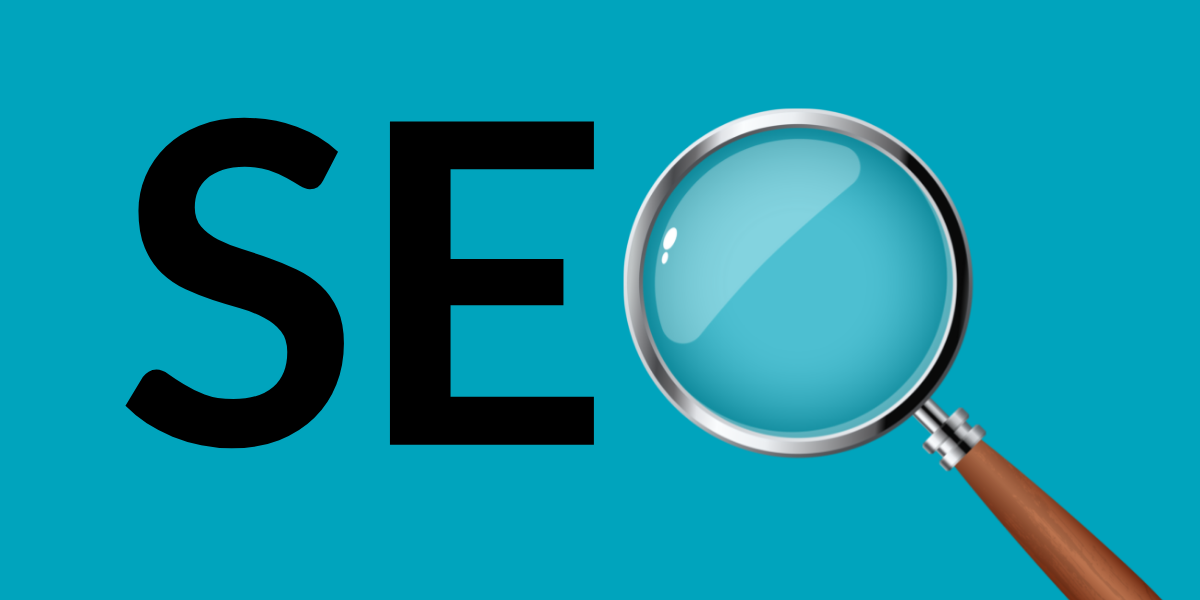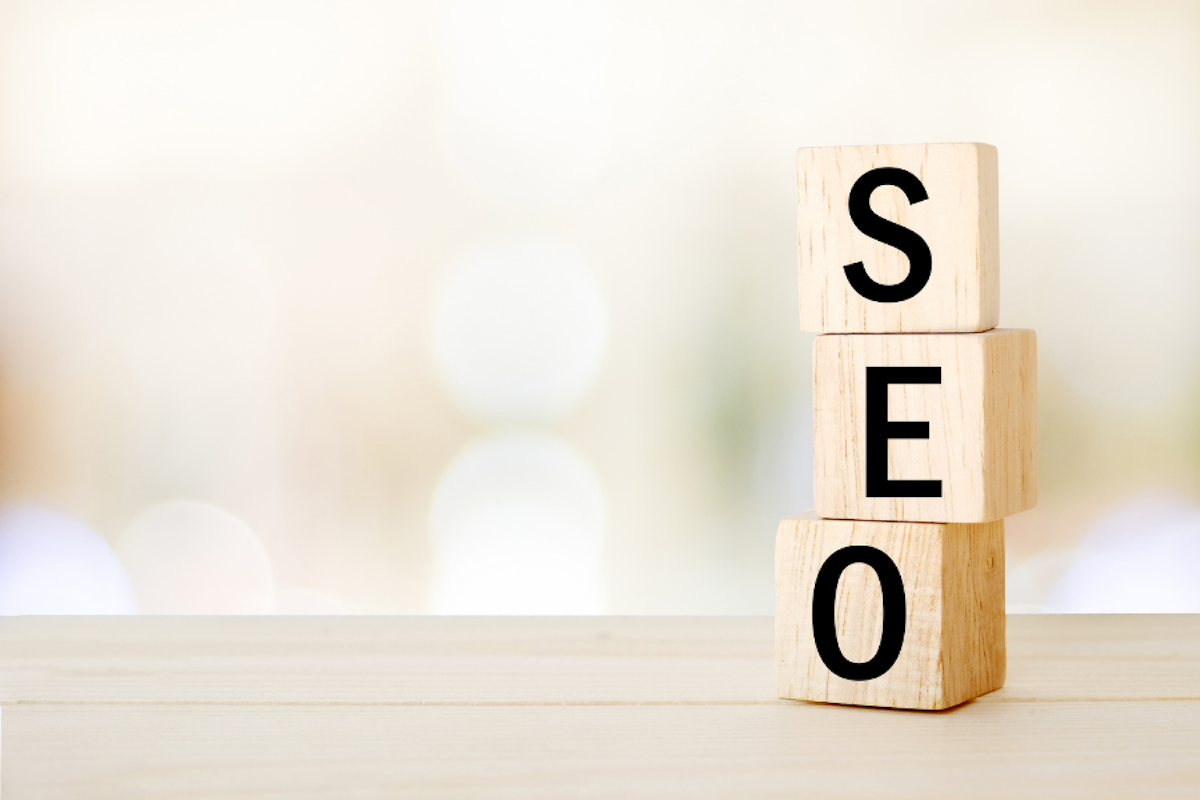Want To Know How You Rank on Google? Try These Helpful Tools!
Today’s search engine algorithms are complex and ever-changing. Add that to the fact that 7.5 million blog posts and 337,080 petabytes of data are...

Google Ads are among the most popular paid search advertising solutions on the most widely used search engine in the world. But are they the best choice for your marketing dollars?
Google currently holds 93% of the search engine market share worldwide, with an estimated 3.5 billion searches per day and 1.2 trillion searches per year. And while good website SEO can help you grab a share of that audience over time, paid Google Ads offer a chance to easily reach that audience now.
Let’s look at how paid Google Ads work and the benefits of using them so you can determine whether they’ll make a good addition to your company’s marketing and lead generation strategy.
.gif?width=480&height=259&name=giphy%20(10).gif)
Google Ads is Google’s pay-per-click (or PPC) ad platform that allows you to place ads on their search engine results page (SERP), targeted for specific keywords. Because this is a pay-per-click system, you only pay when people click on your ads.
Here’s how it works:
When your ad is live, it will show up near the top of relevant searches on Google, above any organic search results. Google Ads are also shown across other Google features and apps, including Google Maps, Google Play, Google Images, and Google Shopping.
You can also choose to expand your potential ad reach so your ads show up when your target audience watches videos on YouTube, checks their Gmail, or spends time on their favorite websites.
-1.gif?width=305&height=305&name=giphy%20(2)-1.gif) One of the biggest benefits of paid Google Ads is that you can see nearly instant results — much faster than you’ll see with organic SEO. While organic SEO is vital for long-term stability and reach, paid search advertising offers more immediate gratification.
One of the biggest benefits of paid Google Ads is that you can see nearly instant results — much faster than you’ll see with organic SEO. While organic SEO is vital for long-term stability and reach, paid search advertising offers more immediate gratification.
Theoretically, you could see sales or conversions the same day you launch your ad campaign (but don’t be discouraged if you don’t). At the very least, you’ll start to see new traffic to your site right away.
Google Ads are easy to scale as your business grows. For example:
-1.gif?width=360&height=203&name=giphy%20(3)-1.gif) There are millions of keywords to choose from — add more whenever you like to boost traffic to your site.
There are millions of keywords to choose from — add more whenever you like to boost traffic to your site. …and so on. With Google Ads, you have nearly unlimited potential for growth.
Because Google Ads is a pay-per-click system, you only pay when someone clicks on your ad. This is a huge benefit for small businesses with smaller marketing budgets.
You also have the ability to set parameters around ad spend for each campaign. You can determine the most you’re willing to pay for each click, as well as an average daily budget for each campaign, and Google won’t exceed the limits you set.
In addition, you can lower the cost of your ads and ensure you reach the right people by using very specific keywords and building high-quality, optimized ads. Google prioritizes quality and relevance in ads just as they do in organic content, so high-quality ads will rank higher than irrelevant, low-quality ones (even with the same bid for the keyword).
Google Ads offer user-friendly analytics that make it easy to keep track of and examine the performance of your ads, so you can make adjustments as needed.
You can track metrics like:
…and more. You’ll also receive recommendations for changes that will improve your results. In addition, Google Ads allows for A/B split testing so you can easily try out different ad copy and landing pages to maximize your ROI.
What’s more, you have the option of linking your Google Ads and Google Analytics accounts so you can easily compare your organic search results with your ad data.
Using paid Google Ads also makes it easier to gain an edge over your competitors. There are two main ways to do this:
Google Ads make it easy to focus your marketing on the demographics you want to reach. You’re able to pinpoint your target audience using keywords so your ad gets shown to the right people. This results in lower ad spend and better lead generation.
You can set limits on parameters like geographical range, industry, age…even hobbies and interests.
Here’s an example of how this brings you better results: By adding a geographic range to your keyword, you no longer have to compete with nationally focused brands, and you more effectively reach your local audience.
You can set similar limits for niche markets or products as well.
Pay-per-click ads target and reach people right when they’re most ready to engage: at the exact moment they’re searching for your products or services.
Customers who are searching Google for answers are primed for a purchase. Google Ads help you reach those customers when they search for keywords related to your products or services. And because ads appear before organic results, they’ll see you first.
You also have the ability to connect with previous visitors to your website via a remarketing campaign. With this option, those visitors are shown your ads across the Google display network as a reminder of the products or services you offer.
-1.gif?width=314&height=314&name=giphy%20(7)-1.gif) In a nutshell, paid Google Ads are a cost-effective way for businesses of any size to reach their target audience — with unlimited potential for growth. Plus, they offer a lot of flexibility so you can start, stop, or adjust your campaigns at any time.
In a nutshell, paid Google Ads are a cost-effective way for businesses of any size to reach their target audience — with unlimited potential for growth. Plus, they offer a lot of flexibility so you can start, stop, or adjust your campaigns at any time.
This gives you more control over your marketing dollars…and who doesn’t want that??
That said, everything has a downside, and Google Ads are no exception. Here are a few things to be aware of before you start creating ads:
Even so, for many businesses, the results they get from Google Ads make these hurdles worth overcoming.
If you’re on the fence about paid Google Ads, let’s talk! Schedule a complimentary exploratory call to discuss whether Google Ads are right for your business and how Wild Fig can help you build ads that bring in leads and grow your business.


Today’s search engine algorithms are complex and ever-changing. Add that to the fact that 7.5 million blog posts and 337,080 petabytes of data are...

Part 2 of our Key Metrics Series Search Engine Optimization, or SEO, is a huge part of a successful website…so much so, that it deserves its own...

Apple chips, hummus, Ninja warrior, the naughty list…these are not topics you’d normally connect with a content marketing company. And yet, these are...